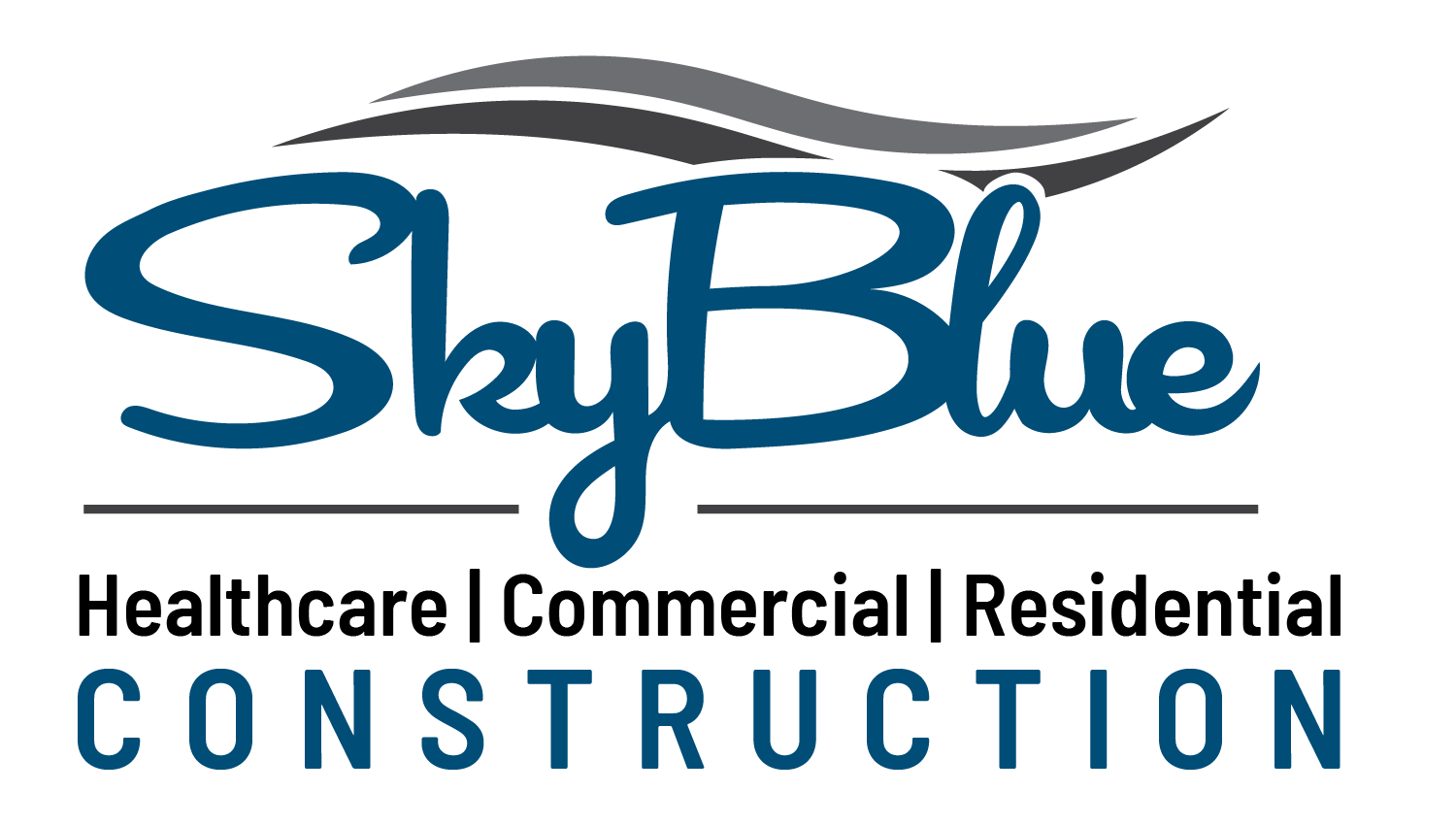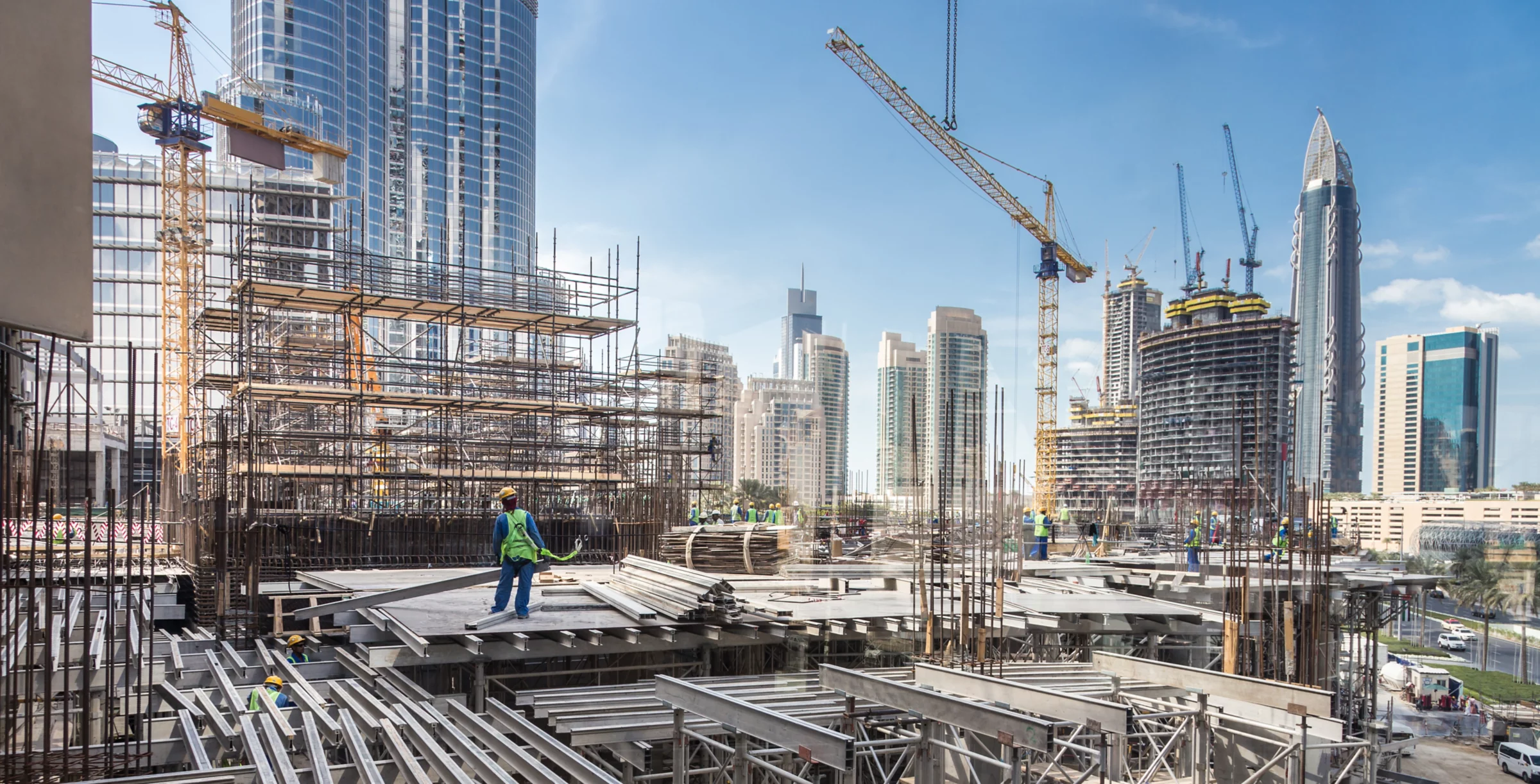Are you planning a construction project? Before you hire a team or buy materials, there is one important question to think about: Are you building a commercial space or an industrial facility? The difference between these two types of buildings is not just about how big they are; it affects many things like design, rules, safety, and utilities. If you confuse the two, you might face delays, extra costs, or end up with a space that doesn’t work for you. Our team at Sky Blue Construction has laid down the five biggest differences between commercial and industrial construction in Calgary, so you can make the right choice from the beginning.
Purpose and End-Use Functionality of Commercial and Industrial Construction in Calgary
Commercial
The main reason for building a structure greatly affects how it is designed and built. When we talk about commercial construction, we mean buildings that people use and visit, like offices where people work, stores where customers shop, and hotels or restaurants where people eat and stay. These buildings are made to look nice and to make people feel good. The goal is to create a space that is not only attractive but also encourages customers to come in and enjoy their time. For instance, a retail store might have bright colors and open areas to make shoppers feel welcome and excited to look around.
Industrial
In contrast, industrial construction focuses on buildings designed to work well for specific jobs. These buildings include factories that make products, power plants that generate electricity, and warehouses that store items. In these cases, the design is more about how the building functions rather than how it looks.
Structural Complexity and Design Requirements
Commercial
Commercial buildings are designed with the needs of customers and office workers in mind. This means they often have simple layouts that are easy to move around in. Additionally, they usually have multiple floors to fit many people, along with accessible features like elevators and restrooms for everyone to use comfortably. Builders choose materials for these buildings, such as drywall for walls, glass for windows, and lightweight steel for support. They select these materials to keep costs reasonable while still looking nice. The goal is to create a pleasant environment where people feel comfortable and can do their work well.
Industrial
Whereas, industrial buildings need a different approach to their design. These structures must support large operations, so builders have to make them strong enough to handle special equipment and tasks. For instance, a factory might need strong ventilation systems to keep the air clean and safe for workers, as well as safety features to protect everyone on the site. The materials used in industrial construction often include strong concrete and sturdy steel frames, which provide the strength needed for heavy machines and storage. Additionally, high ceilings are common in these buildings to allow for the movement of large equipment and to make the best use of storage space. Since every industrial facility has its own unique needs, customization is very important, and no two buildings are exactly alike.
Regulatory and Compliance Challenges
Industrial
Both commercial and industrial construction projects need to get permits and follow local building rules, which help make sure buildings are safe and suitable for people to use. However, industrial projects usually have stricter rules because they involve more risks. For example, industrial sites might use dangerous materials that workers need to handle carefully. They may also have high-voltage power systems that require special safety measures. Additionally, these sites often deal with waste management, which means they have to carefully manage and dispose of waste products to protect the environment and keep workers safe. Because of these factors, it is very important for industrial projects to follow environmental rules and workplace safety guidelines.
Commercial
On the other hand, commercial projects also have rules to follow. These rules mainly focus on fire safety, making sure buildings are accessible to everyone (known as ADA compliance), and zoning laws that tell how people can use the land. While these rules are very important, they usually do not require the same level of special attention that industrial construction in Calgary does. Our professionals understand these different rules and work hard to make sure we follow all the necessary requirements for each project, no matter what type of construction we are doing.
Construction Timelines and Project Management
Commercial
When building a commercial building, time is very important. Businesses want to open quickly so they can start making money. Because of this, commercial construction projects often have tight deadlines that must be met. To help speed up the process, builders use modular components. These are parts made in a factory that can be put together on-site. They also use prefabrication, which means constructing parts of the building ahead of time. Standard materials, which are common and easy to find, also help make the construction process faster and more efficient.
Industrial
In contrast, industrial construction usually takes longer because it is more complicated. These projects often need custom-built parts, which means that builders specially design many parts of the building for specific tasks. Specialized installations, such as heavy machinery and complex systems, also add to the time needed to complete the project. Additionally, thorough testing is often necessary to make sure everything works correctly and safely. Because downtime can be very costly for industrial operations, careful planning is
Utility and Infrastructure Demands
The utility needs of commercial and industrial buildings are quite different. A retail store or office building usually requires standard systems for heating, ventilation, and air conditioning (HVAC), as well as plumbing and electrical systems. Designers create these systems to provide comfort and usability for the people who work or shop there. For example, a retail store needs good lighting and a comfortable temperature to make customers feel welcome.
Additionally, complex ventilation systems are very important. They help keep the air clean and safe for workers. This is especially true in places where workers use dangerous materials. Many industrial projects also need backup power systems. These systems help keep operations running smoothly if there is a power outage. Waste treatment facilities are necessary as well, to manage and treat waste products safely.
Conclusion
Commercial and industrial construction in Calgary have different goals, which means they need different designs, rules, and systems. If you choose the wrong type, it can cause expensive mistakes and delays.
At Sky Blue Construction, we are experts in both types of construction. We make sure your project is built to be efficient, safe, and successful for a long time. If you need help, we’re here to help you create the right space for your needs. Call us today!


